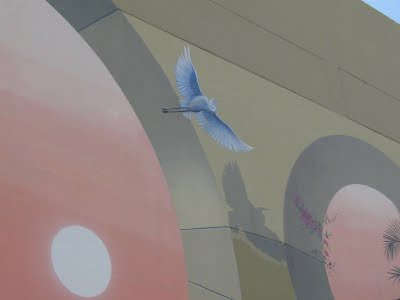The Travel Channel’s Man vs. Food Nation promotes over-eating as a Herculean and manly trait.
Complete with crowd encouragement and melodramatic music, Adam Richman travels the country eating at restaurants that offer supersize platters for gargantuan eaters.
Richman huffs, puffs, and sweats his way through seriously oversize portions that may be seasoned with the hottest chile peppers and spices.
Comparisons to athletic training are explicit and frequent. The show’s star frames his showdowns with obscenely large meals at competitive events. The recipes – burgers, pizza, and the like – are loaded with carbohydrates and calories.
This show is so popular that Man vs. Food Nation evolved from the original program, Man vs. Food.
The promotion of gluttony is disturbing – especially when no show similarly glamorizes a gourmand for eating wisely controlled portions of healthy foods.
According to the Centers for Disease Control, nearly one-third of the U.S. population is obese. The number of obese children has doubled since 1980, and fat adolescents have tripled.
The consequences of obesity are serious health problems – from diabetes to heart attack and stroke – and early death.
We often think the word obese is a politically-correct way to avoid calling someone fat. In fact, the definition of obesity is being fat to the point where a person’s health is harmed.
CDC is so concerned with the effects of our national gluttony and poor eating habits that web page after page is devoted to such topics as
- Halting the Epidemic by Making Health Easier at a Glance and
- Healthy Youth: Make A Difference at Your School.
There’s lot of irresponsible programming on TV, of course. People rant about sexual content, depictions of unmarried parents, and violence, for example. Controversy reigns because the nation cannot agree about social values.
The jury is not, however, about the link between gluttony, obesity, disease, and death. The consequences gluttony contribute our overburdened health care system.
Scripps Interactive and the Tribune Company are irresponsible to air a show that promotes over-eating as a competitive sport.

















